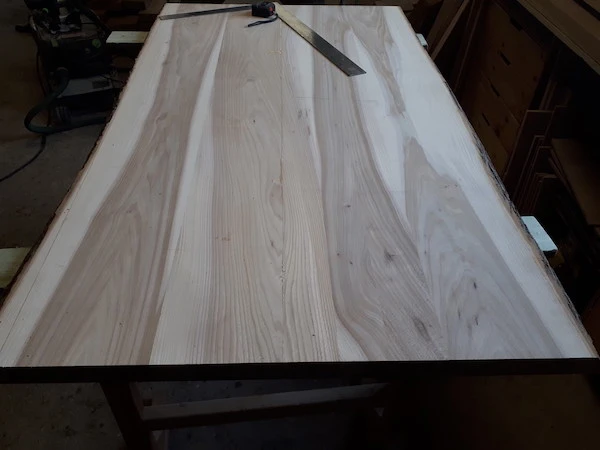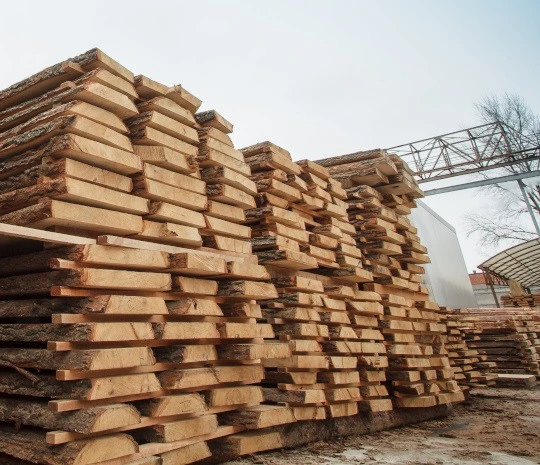This board comes from the log sawing process. The major feature is the presence of bark and ridge.
New application for unedged board
No matter the saw type used at the sawmill, the unedged board is the first product to come out.
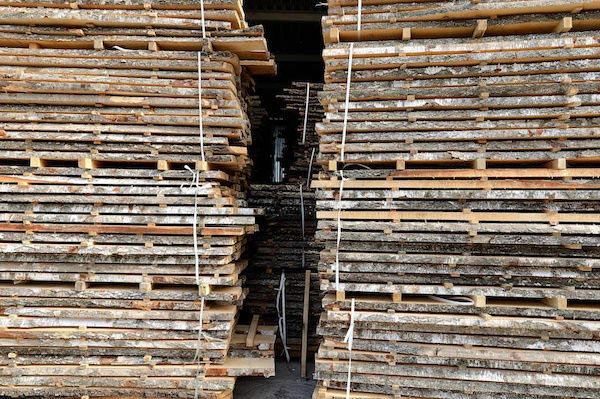
Further, the woodworker must decide whether to leave the unedged board as it is or continue to process it.
Thanks to the live-edge fashion of the last 5-10 years, the application range of unedged boards has expanded. Previously, it was a product of fast processing or a product used onlybyhighly careful craftsmen, but now unedged boards have become arealmust-have item in the woodworking store.
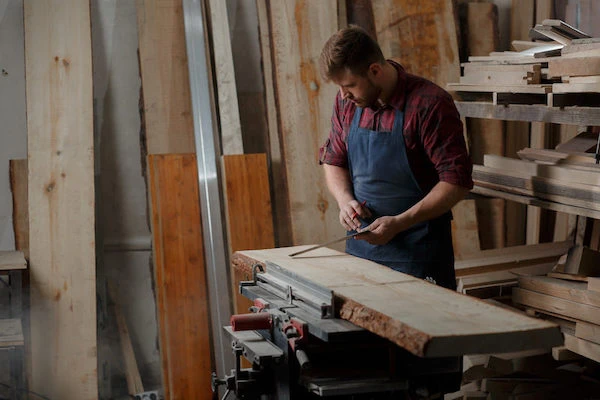
Thus, originally, the unedged board is designed for tables, tabletops, windowsills, benches, and décor.
Price and other features of the unedged board
The cost of unedged boards is lower than the edged ones. Its production results in a maximal output ratio from the trunk. So, if the trunk has 1 m3 of wood, then the output of unedged board will be 0.85 m3.
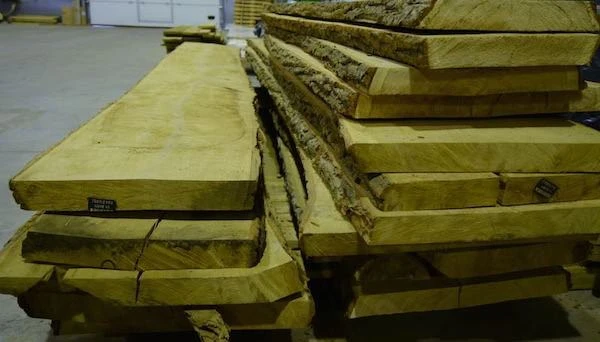
Still, unedged wood is more difficult to dry. The drying process depends on all of the wood's characteristics. For example, a single knot can change the geometry of an entire board during the drying process. That's why drying unedged boards requires a special approach.
In the European classification, an unedged board sometimes has the designation B, derived from the word Boul. In this case, it refers to a stack of boards sawn from a single log.
